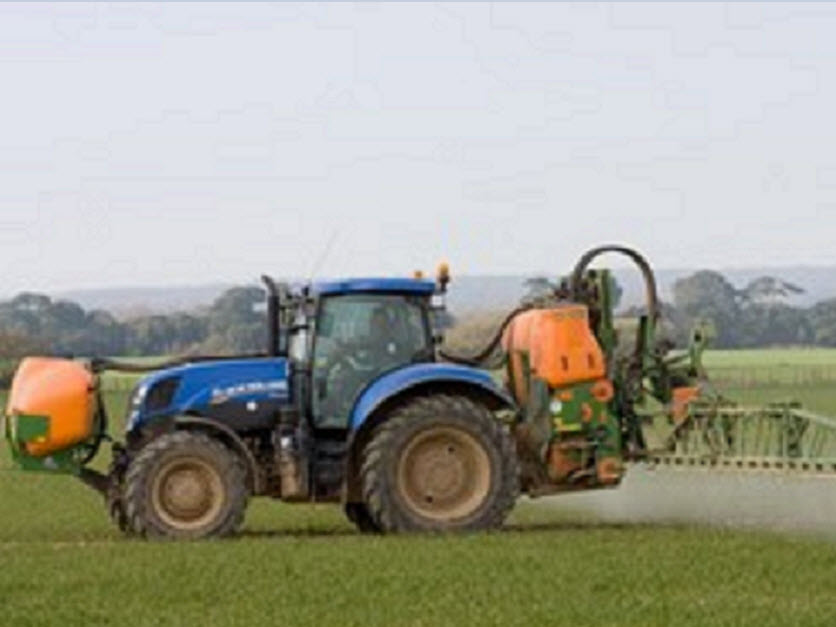WASHINGTON, Jan. 18, 2017 - EPA’s August 2015 proposal to regulate application of restricted-use pesticides (RUPs) was roundly criticized by the state agencies responsible for certifying commercial and private applicators. EPA’s plan, they said, would have been so onerous that many states would have to hand over responsibility for their certification programs to EPA.
Now that the final rule is out, however, states should be able to live with it, state pesticide officials who are also members of the Association of American Pesticide Control Officials say.
The final rule, released earlier this month, addresses many of the states’ concerns, “and comments received to date seem to be that states believe the revisions are ‘doable,’ given funding restrictions from state and federal sources,” AAPCO President Dennis Howard, program manager for pesticide regulation section in Maryland’s Department of Agriculture, said in a letter to Jack Housenger, the head of EPA’s Office of Pesticide Programs, the day after the rule was published.
Tim Creger, pesticide and fertilizer program manager for the state of Nebraska, headed an AAPCO work group that studied the proposal and recommended changes. He ticked off some of the proposed requirements: six hours of training for every use category and for the general competency standard, with half of that training required in the final 18 months of the recertification cycle. There also were proposed requirements that applicators demonstrate competency in pollinator protection and pest identification.
After “a pretty hard pushback,” Creger said, EPA “backed off on almost all of that.” Instead of a “one-size-fits-all approach,” he said, “States can maintain their existing programs so long as they meet existing criteria in the new rule.”
He also noted that EPA had originally proposed a “maximum three-year recertification schedule.” Now, applicators’ certification will last five years, and EPA has eased educational requirements. In addition, EPA lowered the minimum age in the proposal for noncertified applicators working under supervision of a private or commercial applicator. Instead of having to be 18 years old, the noncertified applicator can be 16 if he or she is under the supervision of an immediate family member.
EPA is requiring commercial applicators to “maintain, verify, and have access to the records of the qualifications of noncertified applicators using RUPs under their direct supervision,” according to the final rule.
EPA also has added categories for both private and commercial applicators covering aerial application, soil fumigation, non-soil fumigation, the use of sodium cyanide dispensed through a mechanical ejection device, and the use of sodium fluoroacetate dispensed through livestock protection collars.
#30
For more news, go to: www.Agri-Pulse.com


